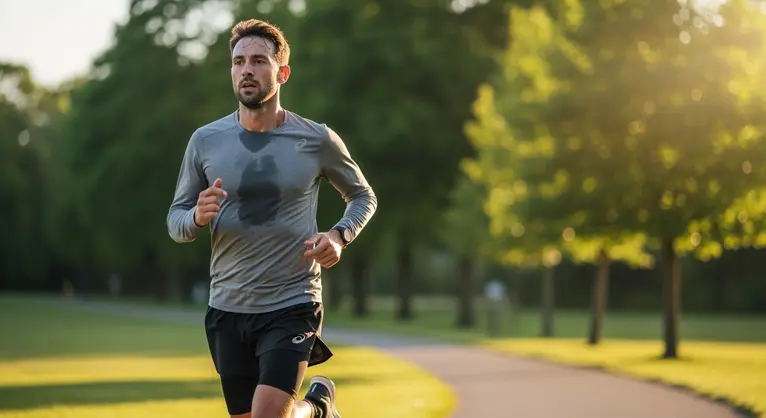At Gympulse Club, we know that every workout is an investment in your health. But even the most dedicated athletes sometimes face setbacks—from sore muscles to sprained ankles. Whether you’re lacing up for your first 5K, pushing your personal best in the gym, or chasing a championship, understanding how to prevent and recover from injuries is key to long-term progress. Let’s dive into science-backed strategies that will keep you strong, resilient, and motivated.
Common Sports Injuries Explained
Before we talk prevention, let’s address the “usual suspects.” Here’s a quick look at frequent injuries, their causes, and how you can stay one step ahead:
| Injury | Typical Cause | Prevention Highlight ||———————|———————————|——————————|| Sprains & Strains | Overstretching, improper form | Dynamic warm-up, technique || Stress Fractures | Overuse, poor equipment | Gradual progression, footwear|| Shin Splints | Repetitive impact | Cushioning shoes, strength || Tendinitis | Repetitive strain | Rest, stretching, equipment || Concussion | Impact/trauma | Helmets, safe play |
Knowing what you’re up against means you can train smarter—not just harder.
Proactive Injury Prevention
Warm Up & Cool Down
Think of a warm-up as “waking up” your muscles and joints. Five to ten minutes of light cardio plus dynamic stretches (like leg swings or high-knees) help your body perform at its best. After your session, a proper cool-down (gentle movement and static stretches) reduces soreness and keeps you limber.
Strength Training & Technique
Strong muscles stabilize joints and absorb shock, reducing your injury risk. Focus on core stability and the small muscles around your knees, hips, and shoulders. And, don’t neglect your form—mirror checks or a few sessions with a coach can make all the difference.
The Right Gear & Gradual Progression
Repeat after me: “My shoes are equipment, not fashion.” Supportive, sport-specific footwear and protective gear (think helmets or pads) are non-negotiable. Also, respect the “10% rule”—never increase your weekly activity by more than 10% to give your body time to adapt.
Stay Hydrated
Even mild dehydration can increase your risk of cramps or heat illness. Aim to drink water before, during, and after workouts—your muscles will thank you!
Smart Recovery for a Speedy Comeback
Rest & Active Recovery
Pain is your body’s way of flashing a red light. Respect it. If you’re healing, alternate rest with gentle movement—think walking, swimming, or even foam rolling, guided by your comfort level.
Rehab Exercises & Returning to Training
Physical therapy and targeted exercises (like resistance band work or balance training) rebuild strength and mobility. Frameworks such as StaRRt help you assess tissue healing and readiness—this is where professional guidance is invaluable. For a comprehensive approach, check out our injury recovery checklist to guide your rehab process.
Nutrition’s Role in Healing
Protein isn’t just for building muscle—it helps repair tissue after injury. Add lean meats, dairy, legumes, or plant-based options to your meals. Anti-inflammatory foods like salmon, walnuts, and leafy greens can help control swelling. And remember: electrolyte-rich hydration aids muscle repair and prevents cramps.
Tools & Tech for Recovery
Foam rollers, massage balls, and compression sleeves aren’t just gadgets—they boost circulation and may decrease soreness. Wearable tech (fitness trackers or smartwatches) can monitor sleep, workload, and recovery for smarter, personalized training decisions.
Motivation & Mindset During Rehab
A positive mindset is as important as a strong body. Set small, achievable milestones—like improving your range of motion or adding a few extra minutes to your rehab activity. Visualization (picture yourself returning to your sport) and mindfulness can ease frustration. Stay connected: teammates, coaches, or a workout buddy offer vital encouragement on tough days. Learn more about the power of visualization for healing to enhance your recovery journey.
Special Focus: Adolescents & Injury Prevention
Young athletes are especially vulnerable to overuse and coordination-related injuries. Balance and proprioceptive training—think wobble boards, balance pads, or simple one-legged exercises—can drastically reduce risk and boost confidence on and off the field.
Conclusion: Your Blueprint for Resilient Fitness
Preventing injuries and recovering smartly isn’t about luck—it’s about strategy, consistency, and self-care. Incorporate these evidence-based tips, stay curious, and always listen to your body. At Gympulse, we’re here to provide the knowledge and motivation you need to keep moving forward, no matter where you are on your fitness journey.
Stay strong and bounce back stronger!

